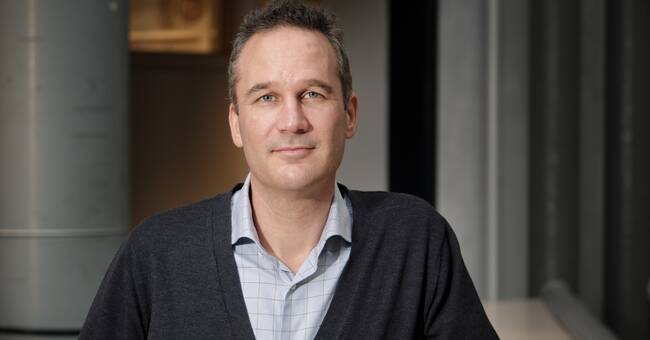In a very recent report, the Central Association for Alcohol and Drug Information, CAN, examined young people's attitudes to drugs.
It shows that ninth-graders' views on drugs have changed between 2003 and 2019. Among other things, more people have become positive about the legalization of cannabis.
- But we still see that the vast majority are still restrictive and see drugs as a problem, says Isabella Gripe at CAN, who compiled the report.
Equal number of tests
CAN also examines every year how many young people have actually tried drugs.
There you can see that the proportion who state that they have used drugs has been fairly constant since the mid-90s.
Between 17 and 18 percent of high school students and seven to eight percent of high school students say they have tried drugs.
- We had a downturn in the 80s and an upturn in the 90s.
But after the increase in the 90s, it has been constant, says Ulf Guttormsson who is head of the department for analysis and method at CAN, to SVT.
Few go on in their "drug career"
Björn Johnson, who is a professor of social work at Malmö University, believes that this shows that the connection between trying drugs at a young age and the risk of ending up in a heavy addiction is weak.
- There are approximately 20,000 students in each year group at the upper secondary school who have used.
But it's just a small, small group of those who move on in their drug careers.
And often it takes quite a few years before they get into a situation where they actually die of their addiction, he tells SVT.
Research shows that factors such as difficult family relationships, psychiatric diagnoses, school failures and genetics play a major role in the risk of becoming heavily addicted.
According to Björn Johnson, it is important that society works more specifically towards those individuals and their families.
- It is of course easier said than done, but trying to prevent deaths by preventing people from trying cannabis in high school is a very blunt strategy, says Björn Johnson.

